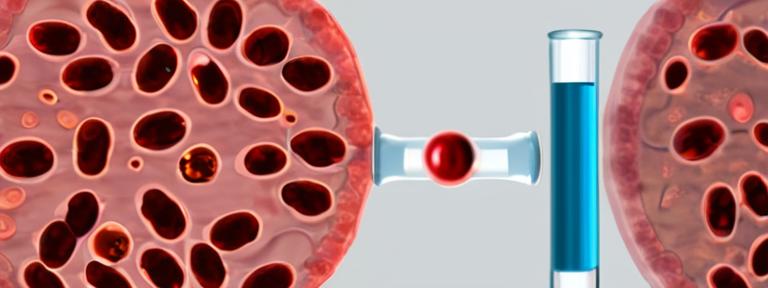Understanding Low Testosterone and Erectile Dysfunction (ED)
Testosterone is a hormone that plays a crucial role in male sexual function, including the development of male reproductive tissues, growth of body hair, muscle mass, and the production of red blood cells. It also supports mood, sex drive, and energy levels. Erectile Dysfunction (ED) is a common condition where a man experiences difficulty in achieving or maintaining an erection during sexual activity. This article delves into the relationship between low testosterone and ED, and discusses whether Testosterone Replacement Therapy (TRT) could be a viable solution.
The Link Between Low Testosterone and ED
Testosterone’s Role in Sexual Function
Testosterone is essential for the normal function of the penis during sexual arousal. It stimulates nitric oxide production, which relaxes smooth muscles in the penis, allowing blood to flow into the corpora cavernosa and cause an erection.
The Impact of Low Testosterone on ED
When testosterone levels decrease, it can lead to a reduction in nitric oxide production. This results in impaired blood flow to the penis, making it difficult to achieve or maintain an erection.
Identifying Low Testosterone and ED
Symptoms of Low Testosterone
Symptoms of low testosterone can include decreased sex drive, fatigue, depression, and changes in mood. In addition, physical signs may include a decrease in muscle mass, an increase in body fat, and a decrease in bone density.
Identifying ED
ED symptoms can vary. They may include difficulty achieving an erection, maintaining an erection during sexual activity, or both. Other potential symptoms could be a reduced interest in sex, a feeling of numbness in the penis, and a decreased ejaculation volume.
Assessment and Diagnosis
Diagnostic Tests for Low Testosterone
Blood tests can measure the amount of testosterone in the body. Levels may be lower in the morning because testosterone production naturally increases during sleep.
Assessment for ED
A healthcare provider will ask about symptoms, sexual history, and any underlying health conditions that could contribute to ED. Additionally, they may perform a physical examination and order tests to rule out other potential causes.
Treatment Options for Low Testosterone and ED
Lifestyle Changes
Lifestyle changes such as losing weight, exercising regularly, quitting smoking, and reducing alcohol consumption can help improve testosterone levels and reduce the risk of ED.
Pharmacological Treatments for ED
Pharmacological treatments for ED include oral medications like sildenafil (Viagra), tadalafil (Cialis), and vardenafil (Levitra). These drugs work by increasing nitric oxide production to help improve blood flow to the penis.
Testosterone Replacement Therapy (TRT)
TRT involves replacing testosterone that the body is not producing sufficiently. TRT can help increase testosterone levels, which may in turn improve erectile function. However, it’s essential to consult a healthcare provider before starting any treatment.
Benefits and Risks of TRT
The benefits of TRT can include improved sexual function, increased muscle mass, and reduced body fat. However, potential risks may include an increased risk of prostate cancer, heart disease, and blood clots.
Conclusion
Low testosterone and ED are interconnected issues that can significantly impact a man’s quality of life. Understanding the connection and exploring treatment options like TRT under medical supervision can help manage these conditions and improve overall health.
When to Seek Professional Help
If you or someone you know is experiencing symptoms of low testosterone or ED, it’s essential to seek professional help. A healthcare provider can assess the situation, identify potential underlying causes, and recommend appropriate treatment options.


